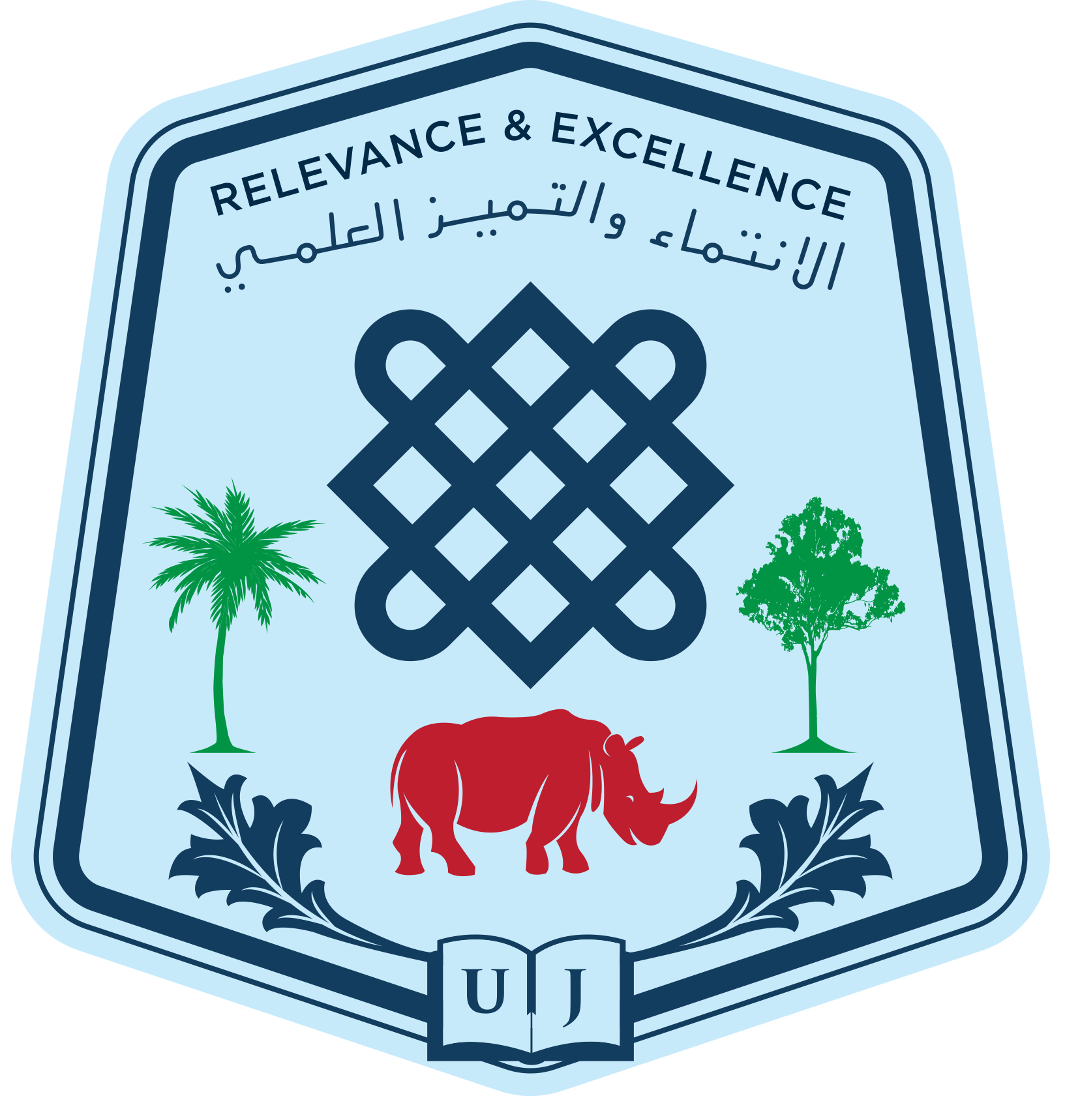Lukaw,Y.S.
Abstract
Human and animal African trypanosomiasis had been reported in South Sudan since 1909. Socioeconomic impacts and control challenges of human and animal African trypanosomiasis in South Sudan were reviewed to elucidate episode of HAT and AAT impeding production and productivity. Foci of both tsetse transmitted diseases are still active in South Sudan. This is due to epidemic outbreaks from active foci in neighboring countries as a result of widespread distribution of the vectors and political upheavals, social instability and civil disturbance. Sleeping sickness caused the local population living in the sleeping sickness-endemic areas to lose their cattle; contributed to poverty in those foci. The infected individuals are mentally hampered. Challenges to control programmes leading to inadequate knowledge of the disease symptoms and signs, transmission dynamic and treatment at the individual level; massive population movements; lack of funds by stakeholders, role players and partners in controlling the disease. The risk of infection is increased by agricultural developments which increased human-fly contact. Regular active surveillance including active case detection and treatment is the backbone for the strategy of sleeping sickness control.
Keywords: South Sudan; Socio-economic impacts; control challenges; Human and Animal African
Trypanosomiasis.
Download the PDF Brief review on socioeconomic impacts and control challenges of Human African and Animal Trypanosomiasis in South Sudan
